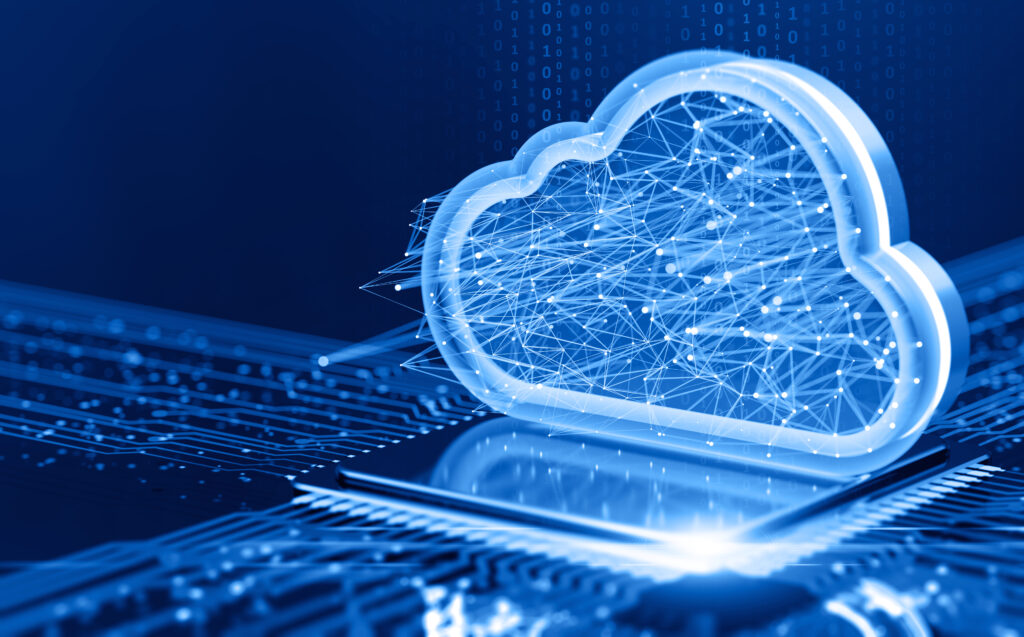
In the wake of the unprecedented COVID-19 pandemic, businesses worldwide found themselves at a crossroads. With the traditional office environment suddenly rendered unsafe, remote work emerged as the default mode of operation. It wasn’t merely a temporary solution to navigate the crisis; it heralded a seismic shift in the way we think about work itself. This transition to remote work, while undeniably a shift in the professional zeitgeist, was not without its share of implications, particularly relating to cybersecurity.
Remote work, once considered a perk, rapidly became a necessity. Employees swapped office cubicles for home offices, kitchen tables, and couches. Video conferencing tools and collaboration platforms replaced conference rooms and water cooler chats. While these changes ushered in newfound flexibility and convenience, they also unveiled a complex and dynamic cybersecurity landscape, where the lines between corporate and personal networks blurred.
7 Remote Work Cybersecurity Challenges
The pandemic-driven acceleration of remote work has catalyzed a paradigm shift in workplace dynamics. However, alongside this transformation came a series of cybersecurity challenges. Let’s navigate through these challenges and unveil their intricacies.

1. Phishing Attacks: The Deceptive Lure
Phishing attacks are akin to the chameleons of the cyber threat world, perpetually evolving to exploit vulnerabilities. Cybercriminals craft emails and messages that appear convincingly legitimate, all with the goal of tricking employees into divulging sensitive information. In the context of remote work, where employees operate outside the traditional office network’s protective cocoon, the success rate of phishing attacks has surged.
To counter the insidious threat of phishing, organizations must invest in comprehensive employee training. This education equips employees with the skills to identify phishing attempts, empowering them to thwart these attacks effectively. Additionally, robust email filtering systems should be in place to intercept and quarantine suspicious messages before they reach employees’ inboxes.
2. The Endpoint Conundrum: Bridging Home and Hackers
Endpoints, the diverse devices connecting employees to corporate networks, have become the bridge between home and office. While they enable remote productivity, they simultaneously introduce new avenues for cyberattacks. Weak passwords, outdated software, and lax security updates present alluring opportunities for hackers.
Securing endpoints demands a multi-pronged approach. First, organizations must enforce stringent endpoint security policies. This includes mandating the use of strong, unique passwords, implementing two-factor authentication, and regularly updating and patching software to close vulnerabilities. Encryption, both in transit and at rest, adds an additional layer of protection, safeguarding sensitive data even if endpoints are compromised.
3. VPN Vulnerabilities: Gateway to Risk
Virtual Private Networks (VPNs), the gatekeepers of remote network access, must be diligently configured and maintained to remain effective. Failure to do so can expose organizations to cyber threats. Ensuring the robustness and currency of VPNs is critical in thwarting unauthorized access.
Robust VPN security includes regular software updates and patches to address known vulnerabilities. Strong encryption protocols must be employed to protect data in transit. Organizations should also enforce a strict policy of least privilege, granting access only to the resources necessary for each employee’s role.

4. Insider Threats: Navigating the Wolf’s Den
The remote work environment amplifies insider threats – instances where employees, intentionally or unintentionally, jeopardize sensitive data. Monitoring employee activity, enforcing stringent access controls, and cultivating a culture of cybersecurity awareness become paramount in safeguarding against this menace.
Implementing user and entity behavior analytics (UEBA) tools can help organizations identify unusual patterns of employee activity, potentially signaling insider threats. Furthermore, organizations should implement stringent access controls, ensuring that employees have access only to the data and systems necessary for their roles. Training programs that emphasize the importance of data security and encourage employees to report suspicious activities can also fortify defenses against insider threats.
5. Video Conferencing: Protecting Virtual Meetings
The surge in virtual meetings has introduced novel cybersecurity challenges. “Zoom bombings” and similar disruptions have the potential to result in data breaches and productivity losses. Fortifying virtual meetings with stringent security measures, such as passwords, waiting rooms, and authentication, is imperative to protect against unauthorized intrusion.
Organizations should select video conferencing platforms with robust security features and educate employees on how to use them effectively. Passwords and waiting rooms can prevent uninvited guests from accessing meetings, and two-factor authentication adds an additional layer of security. Regularly updating the video conferencing software ensures access to the latest security patches and features.
6. The Cloud Dilemma: Safeguarding Data Sharing
Cloud-based file-sharing services have emerged as essential tools for remote work. However, improper configurations can inadvertently expose sensitive data. To secure confidential information, organizations must deploy rigorous access controls and encryption.
Implementing strong access controls ensures that only authorized personnel can access and modify files. Encryption should be applied both in transit and at rest to protect data from interception and unauthorized access. Regular auditing and monitoring of cloud services can help identify and address security issues promptly.

7. Shadow IT: The Unsung Intrigue
Employees may resort to unapproved “shadow” IT solutions to bridge the gaps in remote work capabilities. This practice can inadvertently expose the organization to data breaches and compliance violations. Educating employees about the risks of shadow IT and providing secure alternatives is essential.
To address shadow IT, organizations should establish clear IT policies and provide employees with approved tools and resources that meet their remote work needs. Additionally, monitoring network traffic for unauthorized or unapproved applications can help identify and mitigate shadow IT risks.
Conclusion: Ensuring Cyber Resilience Amidst the Remote Renaissance
As the age of remote work continues to reshape our professional landscape, so too does the dynamic cybersecurity panorama. Safeguarding data and operations demands adaptability and proactivity. This entails investing in employee training, fortifying endpoints, configuring VPNs meticulously, vigilant monitoring against insider threats, securing virtual meetings, practicing prudent file sharing, and discouraging the allure of shadow IT. By embracing a comprehensive approach to cybersecurity in this remote renaissance, businesses can confidently navigate these challenges and ensure a secure, productive, and creative remote work environment for their dispersed workforce.




